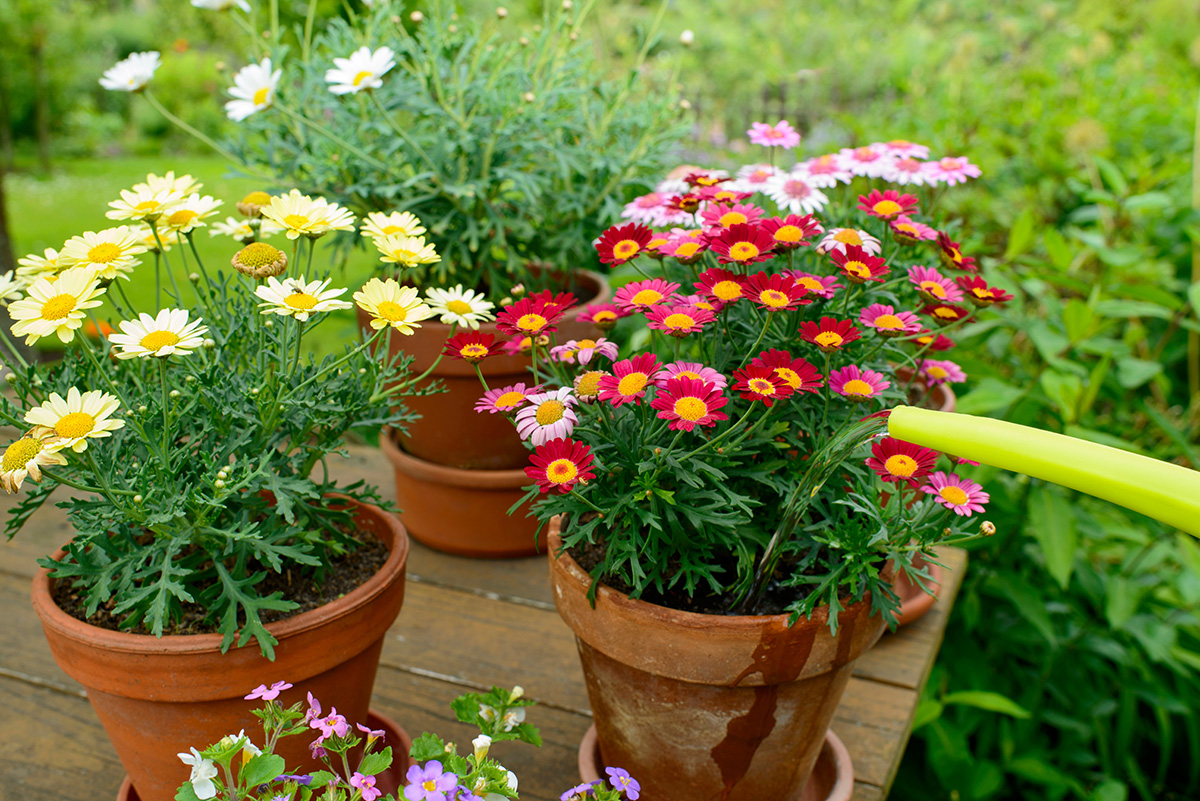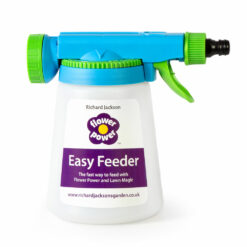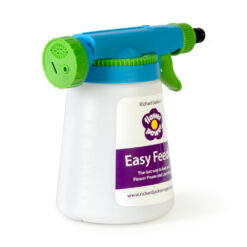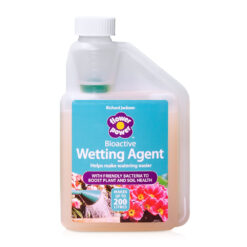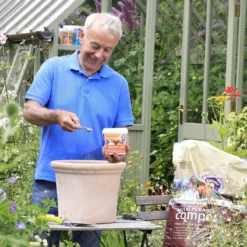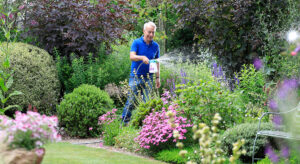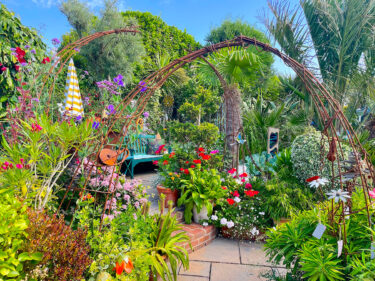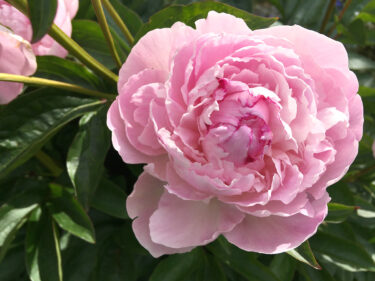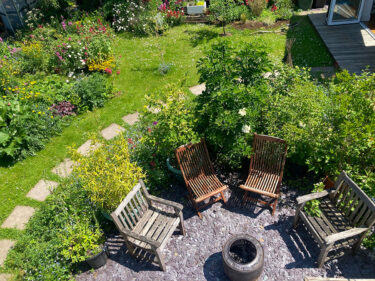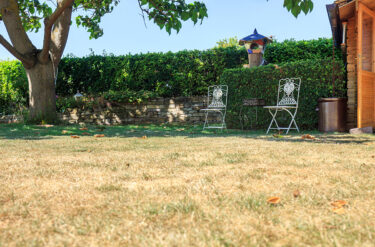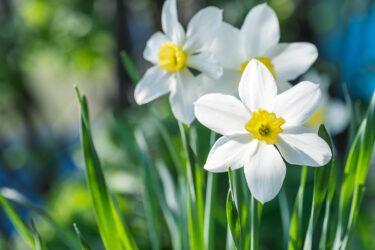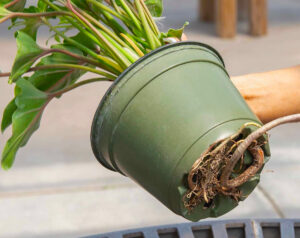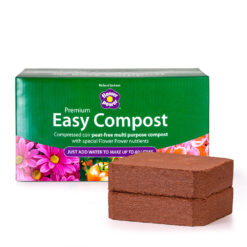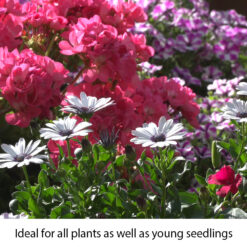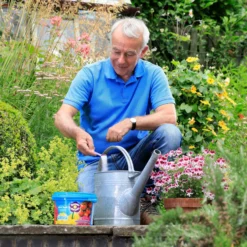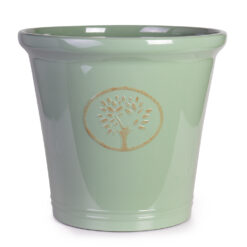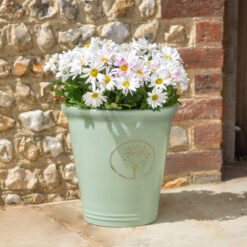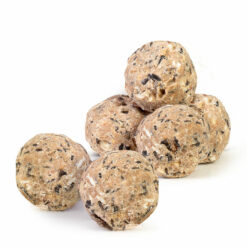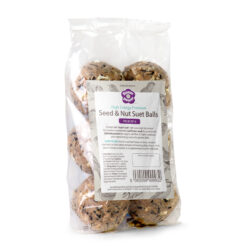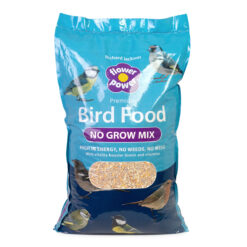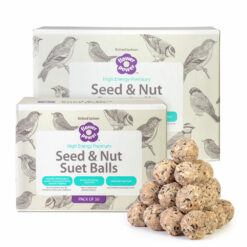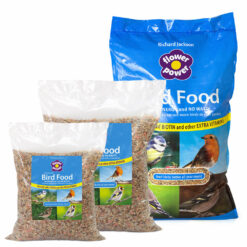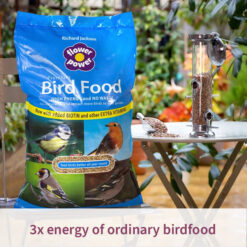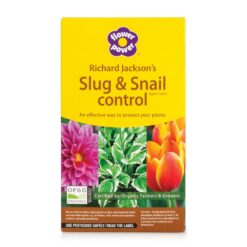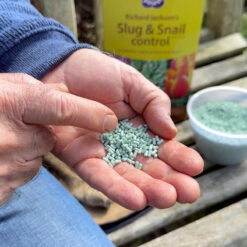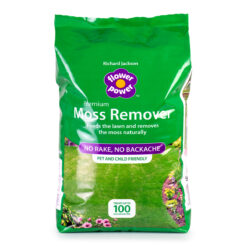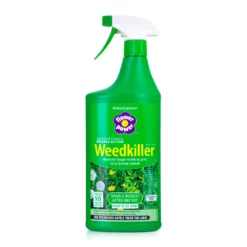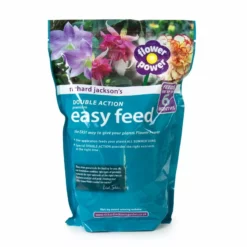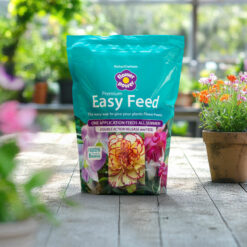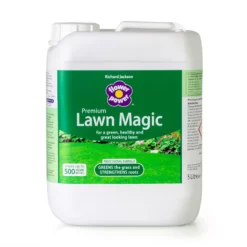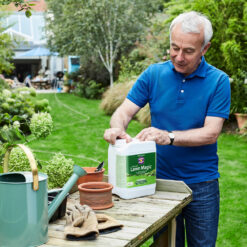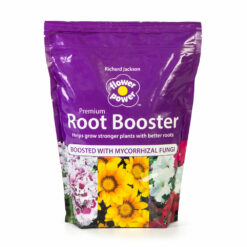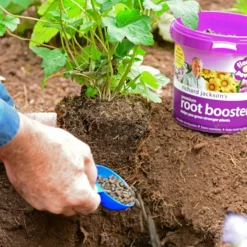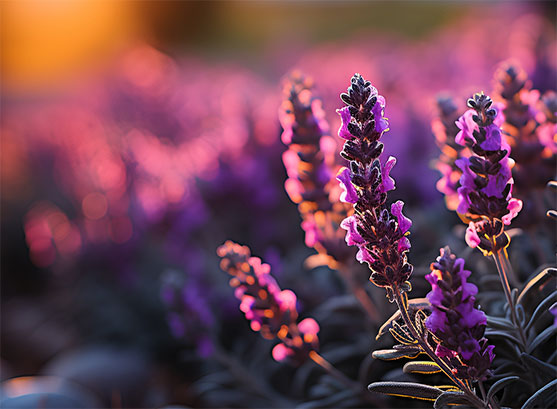Plants growing in containers are totally dependent on us for their needs and that includes food and water. Apart from some rainfall, the water our container plants need must be applied to each pot and planter. And that means by an automatic watering system, a watering can or if you are allowed, via a hosepipe.
You can also think about what you grow. By choosing more drought tolerant plants they will be less susceptible to drought and hot weather. Consider growing plants that originate from hotter climates like rosemary, lavender and thyme. Succulents also need less water in hot weather.
But there are other ways you can help the plants in your baskets, pots and planters survive in hot weather. Here are a few that will really make a difference.
Move your pots together
When all your containers and planters are in one place it makes them much easier to water, especially if you are using a watering can. Where possible move them into the shade so that the effect of the sun is reduced. Or if you can’t move the pots, you could put up a shading cloth or parasol to keep the sun off. Putting your pots on wheeled plant pot movers makes it easier to move larger pots and planters.

Use saucers and trays
Put water trays under your pots, so that when you water the excess water that runs off is not wasted. The compost will absorb this water from the bottom and it will slow the evaporation from your plants. Remember to remove the trays before wet weather to ensure that your plants are not standing in water; this avoids waterlogging and damage to the roots. You could simply raise the pots onto pot feet for the winter to ensure good drainage. Alternatively, you could use self-watering pots with a water reservoir in the base, this will hold a level of water at the bottom of the planter and encourage the plant roots to grow down away from the heat of the sun.
Mulch the surface
A generous topping over the compost surface will reduce evaporation at the surface. But, it is essential to apply the mulch when the compost is wet. An ornamental pot mulch like pebbles, slate or even coloured glass will add an extra level of colour and interest and protect your plant roots from extremes of temperature; hot sun and severe cold. You do need to do a moisture check (simply pushing your finger into the compost below) in hot weather to see whether the compost needs water. Your plants will give you a clue, but it is better to not wait until they wilt.

Water thoroughly
It’s really important to water your pots and planters thoroughly. It is far better to water them properly, giving them a deep soak every few days than to superficially water them daily.
A thorough, but slow soaking is best. Ideally water them in the early morning so that water can soak into the compost, without evaporating in the heat of the sun. Avoid watering at midday when the sun is at its hottest. An evening soak can be effective too, if you are unable to water in the morning.
Use a Wetting Agent When compost dries out in hot weather it can be very difficult to rewet. By using a wetting agent, such as Richard Jackson Wetting Agent, it helps alleviate this problem. It’s like a magic ingredient, virtually making water wetter and allowing it to be more easily absorbed into dry soil and compost. The amazing thing is that you use less water and it ensures that the water you do use, reaches the roots of your plants. A wetting agent is ideal for pots and containers, but can also be used around the garden.
-
Select options This product has multiple variants. The options may be chosen on the product pagePrice range: £7.50 through £24.99
